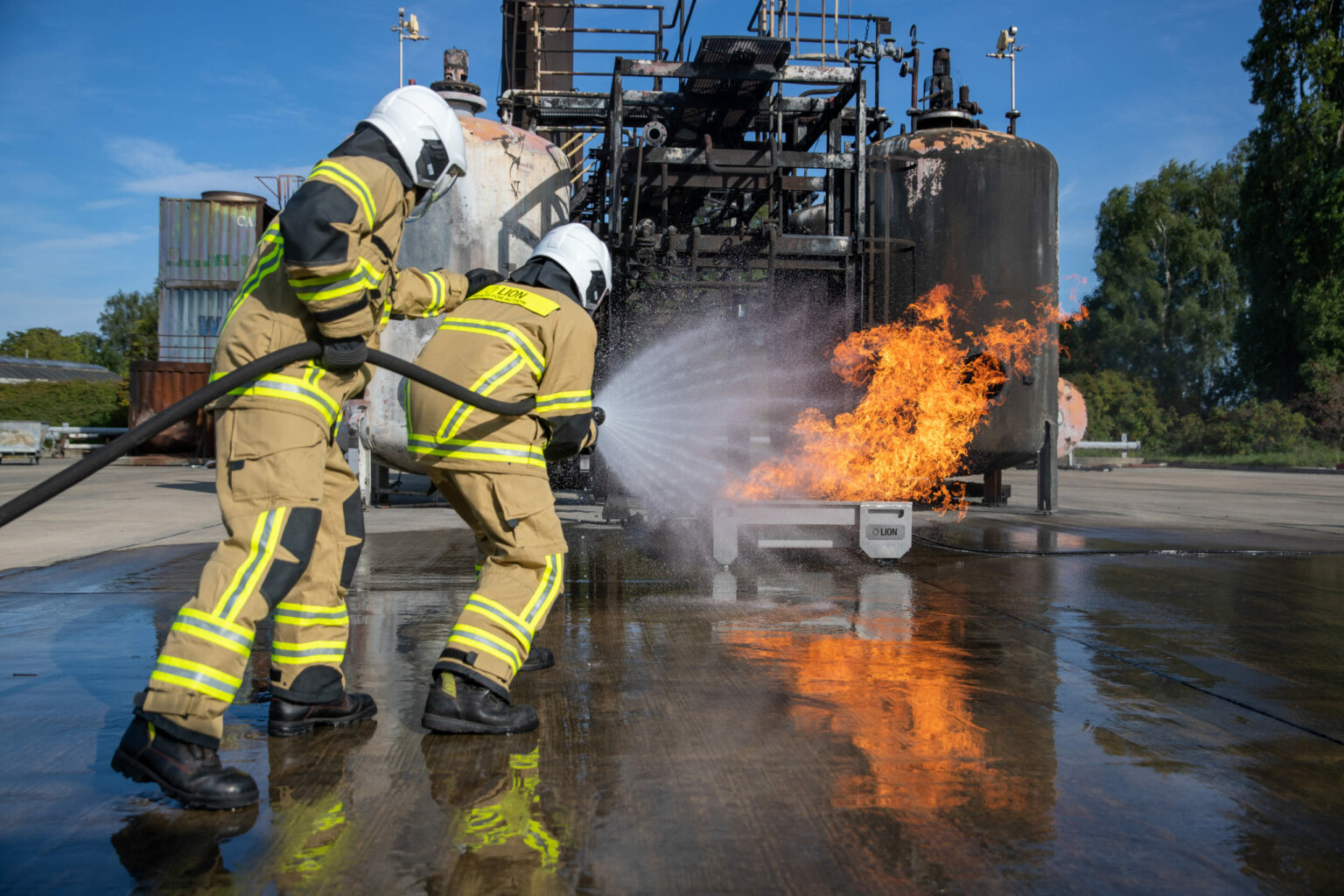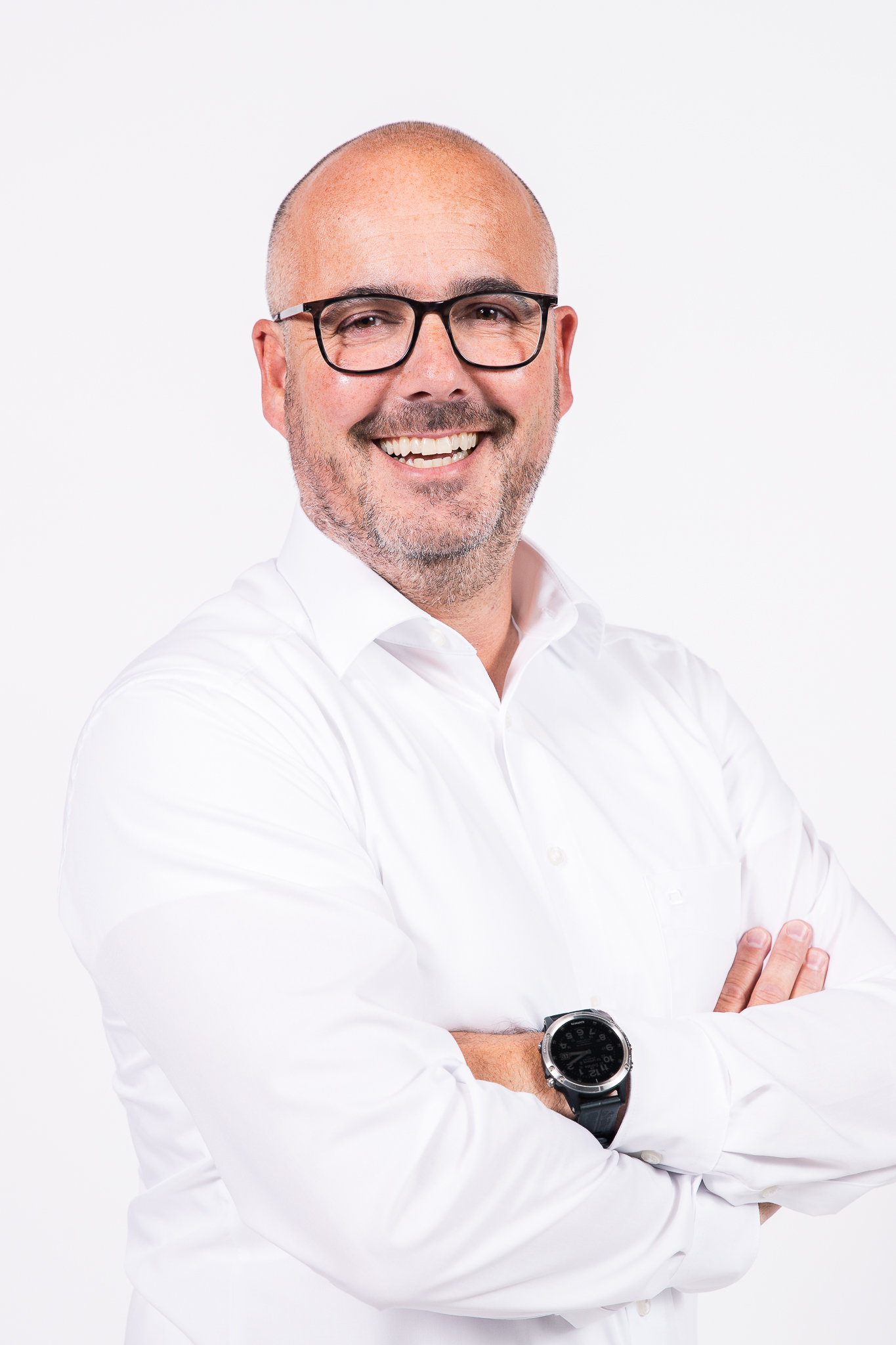Training with a Lion’s roar
- April 20, 2022
- 9:25 am


Iain Hoey
Share this content
Martin Joosen, Managing Director EMEA, Lion EMEA sheds light on the company’s roots, and the latest trends in fire training.
Tell us a bit of Lion, and how you’ll got to where you are in the market as a fire training specialist.
Lion EMEA was a Dutch company formed 30 years ago, we were founded by firefighter for firefighters. The mission was to offer better products and training scenarios. The desire was born out of the fact that the founder, Jac Haagen, was not happy with the quality of the smoke generators that were being using used, which were like the ones used in theatres / night clubs. He created his own products, small generators to begin with.
We then progressed, sold our products to other fire brigades in the Netherlands, followed by Belgium, France, UK, Germany. Eventually, we got into the Middle East and into the USA. In 2012, we were bought by the Lion Group, which gave them the opportunity to broaden their portfolio beyond PPE. The benefits of the takeover were mutual, giving us the opportunity to expand as well. Lion also bought one of our competitors in America, that continues to provide training products in the USA.
How did the takeover benefit Lion’s operations?
The takeover allowed us to grow our footprint, we were able to attract larger projects. Along with our purpose-built firehouses and containers, we were able to build complete fire training skyscrapers in Shanghai and Melbourne. These are fully functional buildings, residential / office blocks whose sole purpose is to be set on fire.
The facility in Melbourne includes scenarios that replicate everything that can catch fire such as a boat, car, helicopter, building, and a house. We are the biggest company in the market in our sector. We offer everything from the smallest training products, such as smoke generators and fire trainers, to delivering training centres.
Since our centres involve burning gas, wood, and other components it requires the highest standard of maintenance. Ultimately, the training we impart is lifesaving in critical situations, which is paramount to firefighters and the industry. Well imparted training makes all the difference in critical situations where lives and property are at risk.
The EMEA is a massive region, what are a few complexities of the different regions?
Absolutely, the Europe Midde East and Africa is a broad region. The European market is different from the Middle East or Asia for that matter. Meanwhile the African market is still developing, and we are not there yet in terms of competition. We have an appetite to increase our market share in all these regions, but it needs to be done strategically, without loss of quality or standards.
When we talk about our competition in the market, there aren’t too many companies that offer what we do. Some of our peers, for instance, cater to a specific market segment.
Ultimately, in the fire training business it all comes down to the expertise of a company. The trainers you employ, methods and techniques they use, and standards we follow. For example, our competitors might focus on smoke generators in sewage extraction or night clubs, which is their remit. On the other hand, we are one of the only companies that’s looks at it from a firefighter’s point of view, and not from a product perspective.
To what extent are Lion’s training regiments customisable?
We always start with a blank canvas and paint the picture with our clients. We have more than 30 years expertise in the field, we are able to offer insight at different points throughout the journey. We want to be in a position, where we handover the keys to a client and they can get started straight away.
Tell us about your other training facilities.
Fire departments have a different thinking process across different regions. Each country tends to have its own set of training requirements. We don’t have many projects (in Europe) the size of our China or Australia facilities. We have several smaller purpose-built training facilities based on container systems, or a firehouse, kitted out to the requirements of the client. The most recent one was a facility we set up in Cardiff, Wales. A firehouse can be purpose built to any fire technology required by the client, wood, or gas fires, and so forth.
What costs are involved in building training facilities?
A fire training facility is resource intensive, after all we are burning critical components and resources, then you need to consider rising costs of natural gas and other non-renewable materials. You also need to go through the props that will catch fire for a period of 45 minutes. The costs tend to stack up a fair bit.
Before training, we need to decide whether we are going to train in the defence or attack of firefighting or tracking fire dynamics. In Western Europe, clients are extremely precise about each training facility, geared to tackle each vertical within the industry. In France, there are approximately 95 to 99 fire departments, and we are present in 80 of them. Each region tends to have its own training facilities, which are based on the budget of their councils.

How receptive is the market in general towards making new investments?
Budgets constraints usually impact negatively on training-related spends. Clients tend to invest more in PPE protection, which is critical because you need to have good tools for intervention and rescue. However, if firefighters are better trained, which also means better techniques to equipment, it would lead to saving a lot more lives. Compromising on training can be fatal.
For instance, with the tragic Thailand bus disaster in 2018; there was a lack of training to rescue people from that situation. In the aftermath, within six months of the incident, authorities set up a bus simulator to help stay prepared.
It’s a paradox when there are no catastrophes it’s hard to justify expenses towards training. On the flip side, without adequate training the results of an accident could be a lot worse. Slashing training budgets could also lead to more expenses in the form of compensations, use of hospital resources, and so forth.
What new techniques are being introduced in firefighting?
We are incorporating digital technology in our training centres. We have introduced screens within the training centres, along with sensory devices such as heat and smoke generators to replicate an emergency scenario. Having said that, these additions are nothing more than training aides for firefighters, which will never replace traditional techniques. That’s something we want to assure your readers. We are cautious when adding new technology to our facilities. It does have its benefits, they go a long way in helping firefighters drill repeat scenarios, helping them create muscle memory to specific situations.
On one hand veteran firefighters love to deal with the actual fire, replicating the stress and tension of an emergency. This is also extremely important for newly qualified fire fighters as they need to experience 1,000 degrees Celsius environments where it’s nearly impossible to humanly function. It’s a fine balancing act to get the best training, in the most effective way.
What new products are you’ll working on to meet different requirements?
We will launch a range of seven fully customisable container systems, which can be easily transported on site, and ready for use. Due to the high costs, it’s also important that our client’s get maximum ROI. Our containers and fire houses usually last for about 10 years, which is industry benchmark, which is a tried and tested tenure from our side. A few of our customers train in a London facility that has been in operation non-stop, day-after-day for more than 10 years. That’s testament to the quality and ingenuity of our products.
Tell us about your initiatives to make your offerings more environment friendly.
Burning non-renewable resources such as natural gas and wood are not the best for the environment, and we are extremely conscious about that. We try our best and use eco-friendly materials wherever we can. The inherent nature of fire means it’s always going to be a challenge to cut down on the pollution created by burning different components. That’s where our digital and technological offerings play a huge part.



